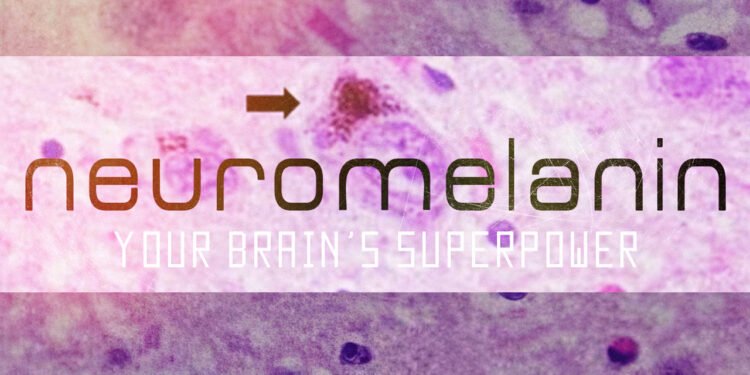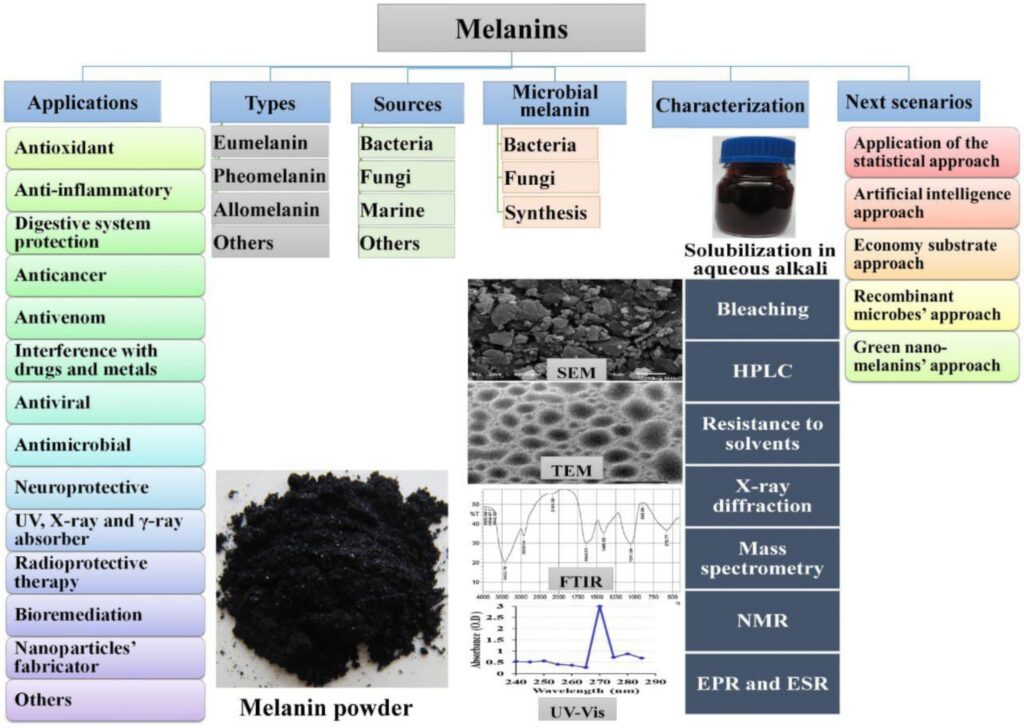Introduction:
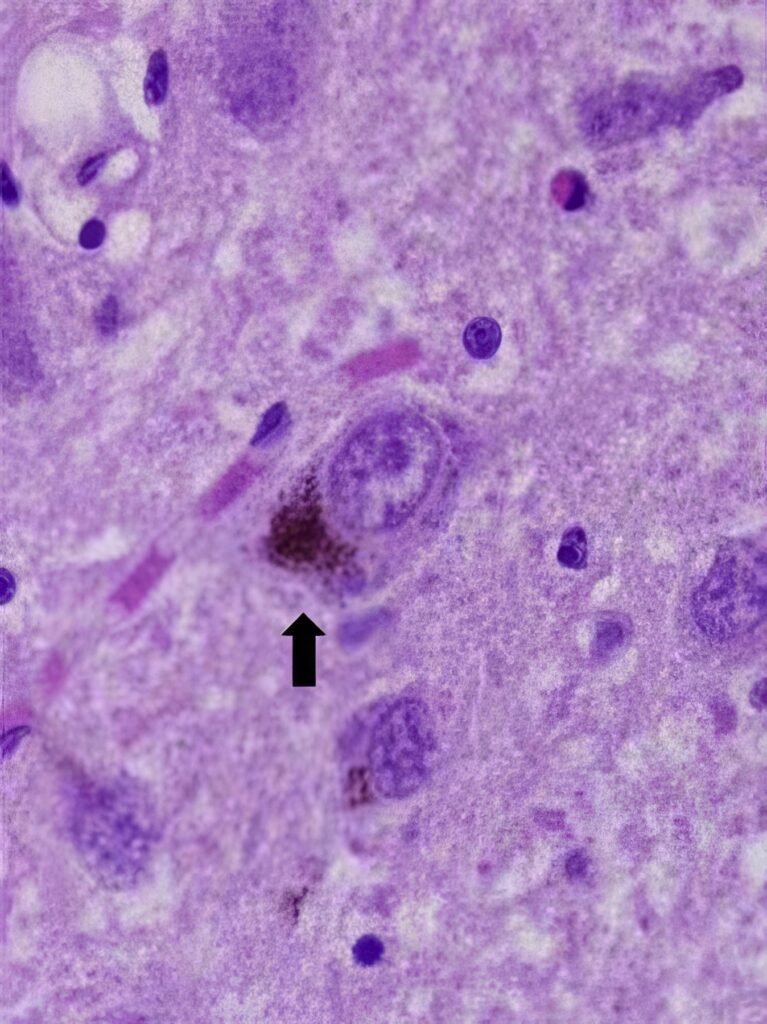
What’s up family? Today, we’re diving into something deep, neuromelanin. Now, I’m sure you have heard of melanin. That’s the pigment responsible for the beautiful range of colors in our skin, hair, and eyes. But what if I told you melanin’s got a cousin that lives in your brain? That’s right, and it’s called neuromelanin. While melanin protects your skin from UV rays, neuromelanin has an even deeper role, it’s found in your brain and serves as a powerful protector for your neurons.
Breaking Down The Word:
So, let’s break it down: the word “neuro” comes from the nervous system, and “melanin” refers to the colored pigment we all know. Neuromelanin is that same pigment but in a whole different context. This one’s special because it sits in specific parts of the brain and works to keep your neurons safe from harm. Think of it as your brain’s built-in defense system.
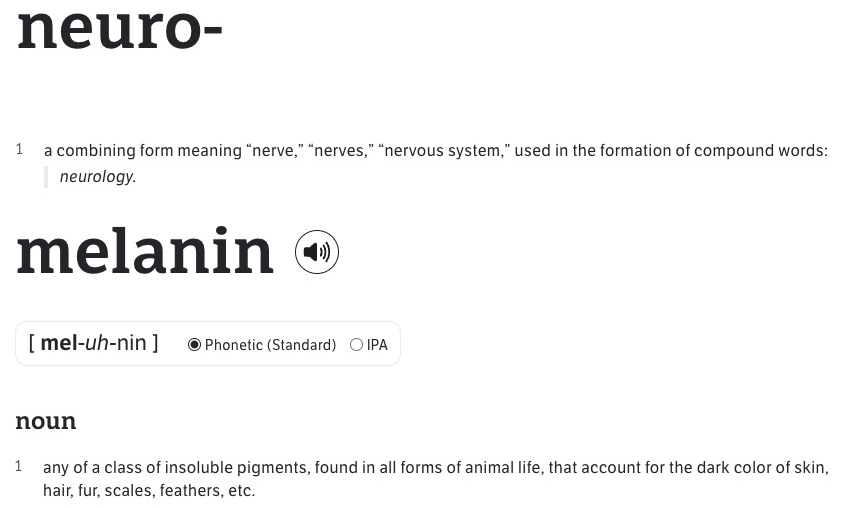
The Power of Neuromelanin
Neuromelanin gets its name from the black-brown pigment it creates in brain tissues. Scientists first stumbled upon it because of its distinctive dark color in the brain. But here’s the thing, it’s not just there to look pretty. That pigment is actually a visual indicator of neuromelanin’s protective role. This pigment is concentrated in areas like the substantia nigra, which controls movement, and the locus coeruleus, which manages stress and emotions. These are critical areas of the brain, and neuromelanin is right there guarding them.
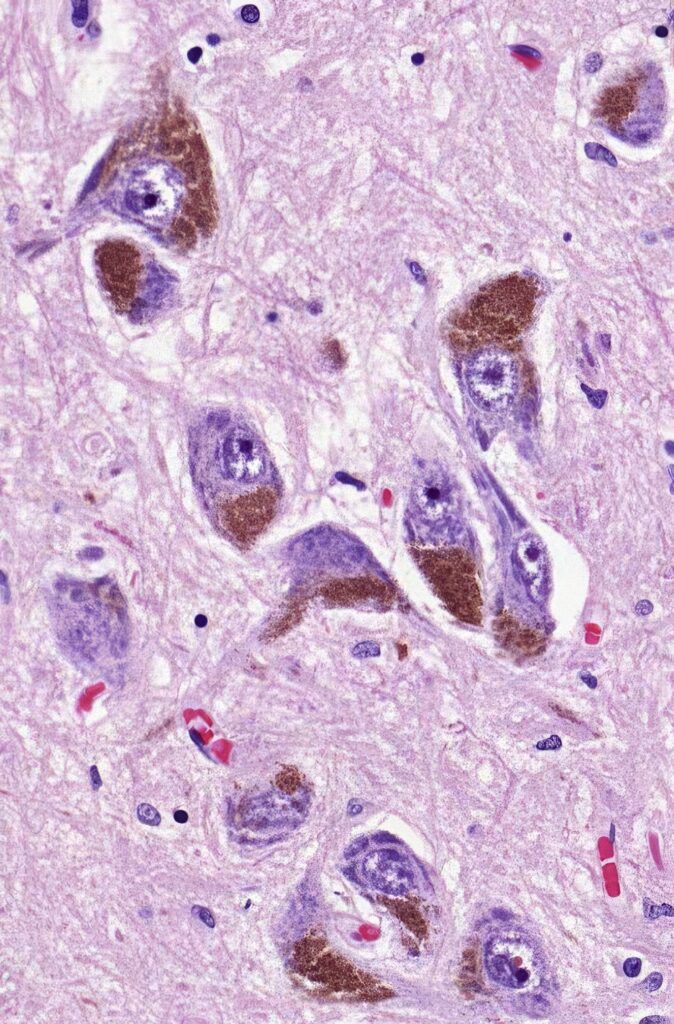
Now, picture neuromelanin as a shield. It binds to harmful toxins and metals that would otherwise mess up your neurons. But that’s not all, it also fights off free radicals, which can cause oxidative stress, one of the main culprits behind aging and neurodegenerative diseases. In short, neuromelanin is the brain’s secret weapon, helping to keep everything running smoothly as you grow older.
Neuromelanin and Dopamine: The Brain’s Feel-Good Connection

Here’s where things get real interesting: neuromelanin has a strong connection to dopamine. Dopamine is the brain’s “feel-good” neurotransmitter, playing a key role in mood, pleasure, and reward. Neuromelanin is found in the same areas of the brain where dopamine is produced, like the substantia nigra. These neurons that produce dopamine also create neuromelanin as a byproduct. So, it’s like a two-for-one special, dopamine for good vibes, and neuromelanin to protect the neurons doing the work.
Now, here’s where drugs like weed and opioids come into play. Marijuana increases dopamine release by binding to the brain’s endocannabinoid system. That’s why you feel relaxed or uplifted after smoking, dopamine’s giving you that high. But opioids, like heroin, oxycodone, and morphine, take it to another level. They flood the brain with dopamine by binding to opioid receptors, causing an intense feeling of euphoria. That’s why opioids are so addictive. Over time, the brain gets used to these high dopamine levels and stops producing as much on its own, leading to dependence and those intense withdrawal symptoms.
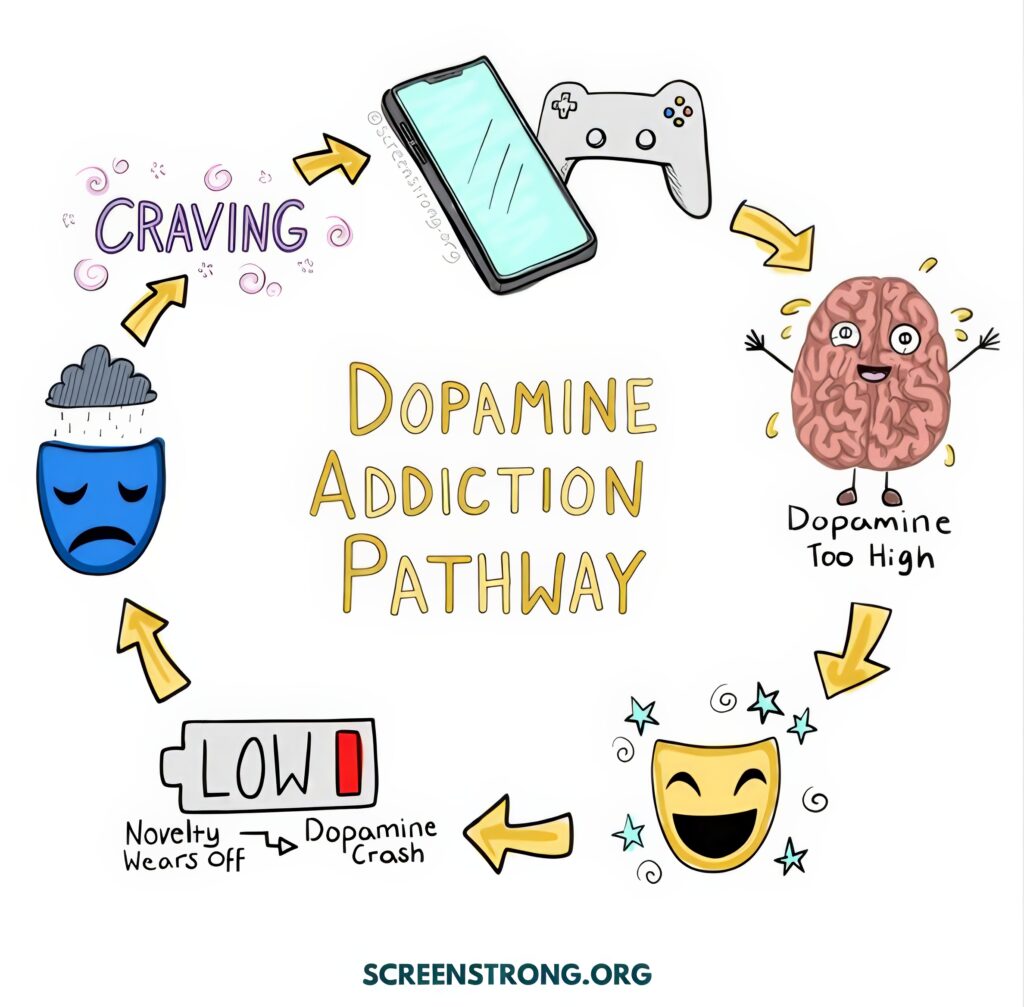
Neuromelanin and Neuroprotection: Keeping You Sharp
Here’s a cool fact, neuromelanin concentrations are higher in humans than in most other animals, and these levels increase with age. Back in 1838, scientists first noticed these dark pigments in the brain, but it wasn’t until 1957 that they finally gave it a name, neuromelanin. For a long time, people thought it didn’t serve much of a purpose. But now we know that without neuromelanin, certain brain cells, like the ones that produce dopamine, are more vulnerable to damage and even death. This is key in understanding diseases like Parkinson’s, where loss of neuromelanin-rich neurons leads to motor issues.

Neuromelanin helps shield your neurons from oxidative stress and harmful toxins, playing a big role in brain aging. As we get older, our neuromelanin levels naturally increase. This sounds good, right? But there’s a twist—when neuromelanin-containing cells start dying off in old age, it can lead to the development of neurodegenerative conditions like Parkinson’s and Alzheimer’s. Essentially, neuromelanin is like a brain protector while it’s active, but once those neurons start to die, it can’t do its job as well.
Differences in Neuromelanin Between Populations
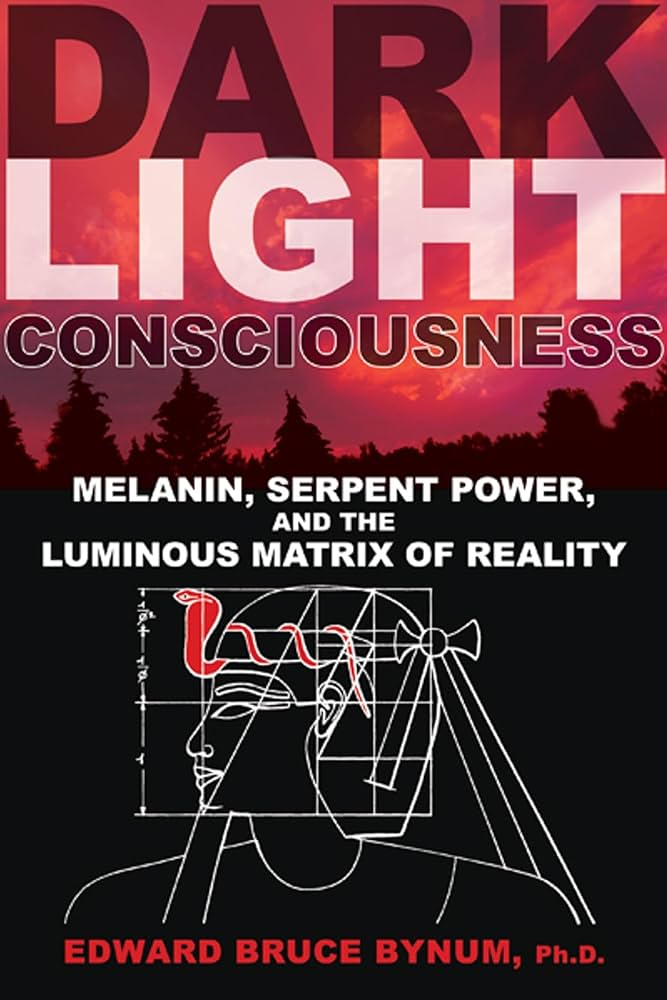
Now let’s talk about something that doesn’t get enough attention—differences in neuromelanin levels among various populations, especially in people of African descent. It’s theorized that those with African ancestry may have higher concentrations of neuromelanin due to the genetic link to darker skin pigmentation. Since melanin plays a role in protection from UV radiation and environmental stressors, it’s possible that neuromelanin functions similarly, providing a protective advantage in the brain.
People of African descent, therefore, could have more neuromelanin in the brain, giving them heightened neuroprotection. This has been a topic of study, but there’s still more research needed to confirm how neuromelanin might differ across ethnic groups and how it impacts brain function and health. If true, this would mean that neuromelanin doesn’t just protect the brain—it could even provide cognitive advantages in how the brain processes stress, emotions, and physical movement.
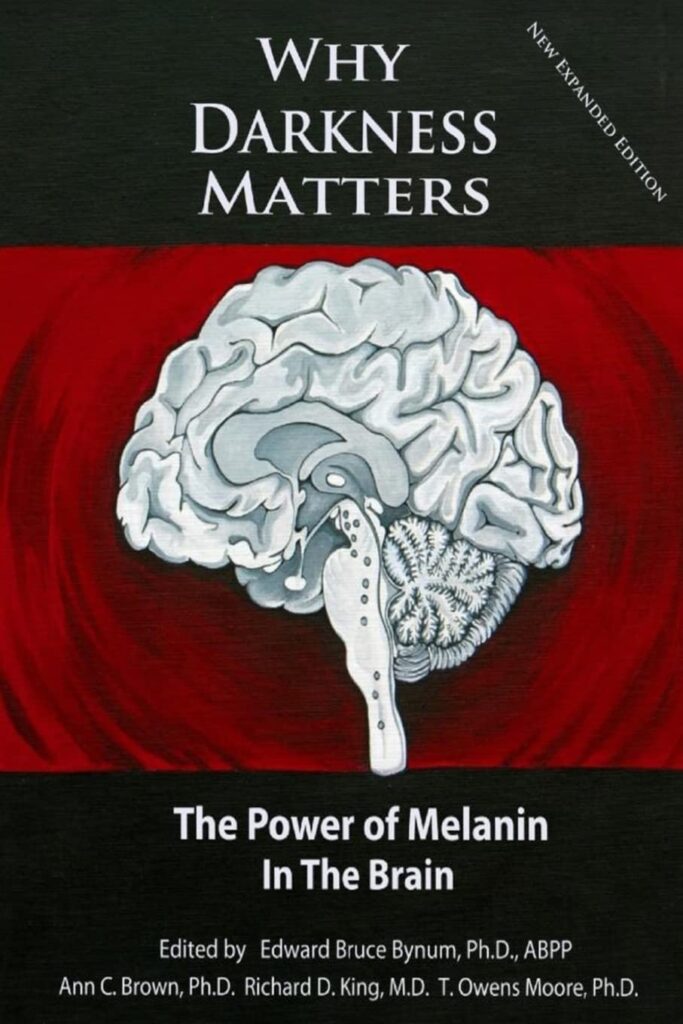
Neuromelanin and Autism: A Hypothesis
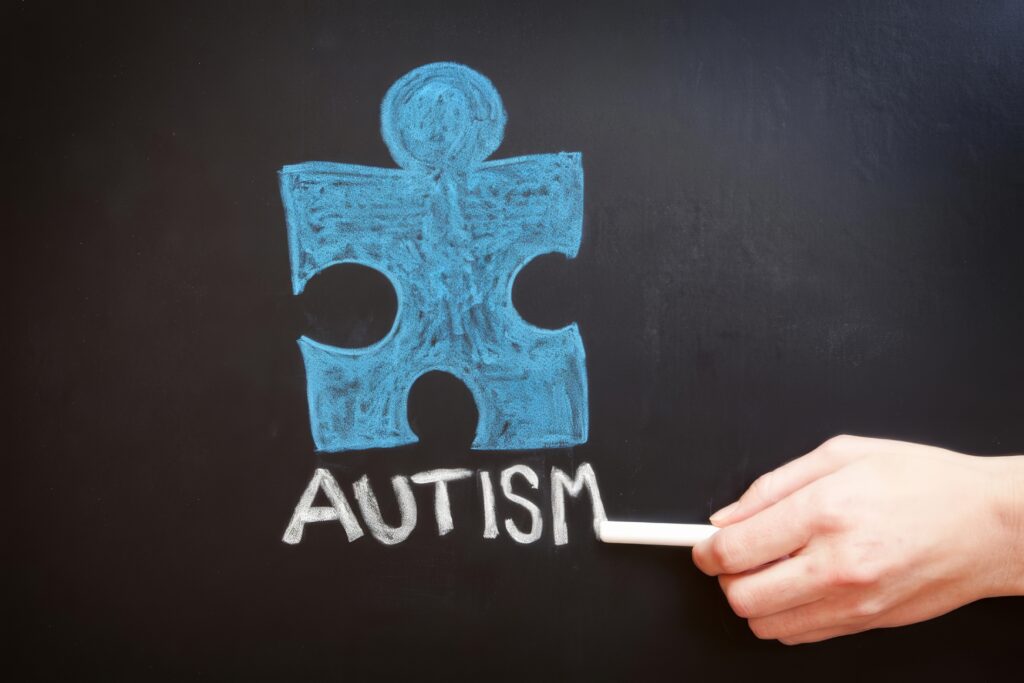
Now, let me throw something out there for y’all to think about, could neuromelanin play a role in conditions like autism? Some researchers believe heavy metals in the brain could be a contributing factor to autism, especially considering that our brain is mostly fat, and these metals tend to stick to fatty tissues. Since neuromelanin helps detoxify metals in the brain, could boosting it help reduce these toxic buildups? It’s just a theory, but it’s worth exploring. With how powerful neuromelanin is at protecting the brain, who knows what future research might reveal about its potential therapeutic uses.
Neuromelanin vs. Eumelanin and Pheomelanin
Here’s another thing to keep in mind: there are different types of melanin—eumelanin, pheomelanin, and neuromelanin. Most of us know about eumelanin and pheomelanin, which are found in the skin, hair, and eyes. Eumelanin is responsible for the darker pigments like black and brown, while pheomelanin is behind red and yellow hues. But neuromelanin is in a category of its own, being mostly found in the brain. While the melanin in your skin protects you from the outside (like UV radiation), neuromelanin protects you from the inside (by guarding your neurons).
This difference highlights how melanin isn’t just skin-deep—it runs much deeper, playing essential roles in brain function. Neuromelanin does its thing behind the scenes, working to shield the brain’s most sensitive areas from toxins, oxidative stress, and even the wear and tear of aging.
Wrapping it All Up
Neuromelanin runs deeper, into your brain, acting as your mind’s natural protector. Whether it’s keeping toxins and metals out, fighting off oxidative stress, or even playing a role in spiritual awareness, neuromelanin is like your brain’s personal bodyguard. And in people of African descent, neuromelanin might offer even greater protection due to genetic differences, something worth looking into as we continue to study this powerful pigment.
This brain pigment is a real superpower, keeping you sharp, healthy, and possibly more connected to deeper realms of consciousness than we even realize.

